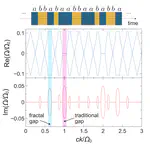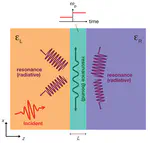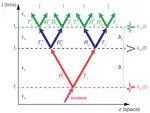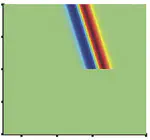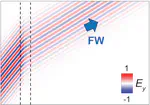TAME
TemporAl MEtastructures
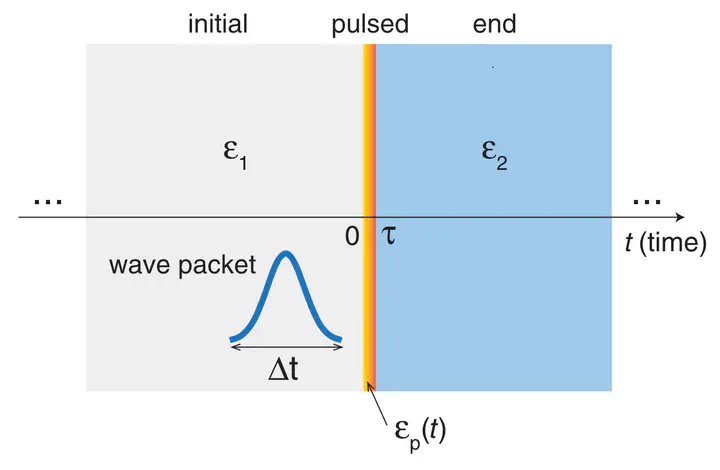
Conventional metastructures rely on suitably designed spatial arrangements (volumetric and planar, respectively) of deeply subwavelength meta-atoms that are engineered so as to attain desired physical responses not necessarily found in natural material. Currently, the growing availability of reconfigurable meta-atoms, whose response can be rapidly changed in time, has granted access to the temporal dimension as well, and has revamped the interest in studying wave interactions with time-varying media within the emerging frameworks of “temporal” and “space-time” metastructures.
In optics and photonics, by relying on the space-time duality, a variety of concepts and tools typically utilized in spatially variant configurations have been translated to time-varying scenarios, starting from simple counterparts such as temporal boundaries and slabs, and moving to more sophisticated aspects such as Brewster angle, Faraday rotation, diffraction gratings, effective-medium theory and related nonlocal corrections, transfer-matrix modeling, impedance transformers and filters, just to mention a few. Temporal modulations are also instrumental to overcome some fundamental limitations in linear, time-invariant electromagnetic systems, such as, e.g., Lorentz reciprocity.
In a series of ongoing investigations, we have explored the potentials of space-time duality in designing filters and impedance transformers based on temporal multisteps. Moreover, for periodic and impulsive temporal modulations, we have shown the emergence of nonlocal effects that can be harnessed so as to perform elementary analog computing on an impinging wavepacket. More recently, we have studied time‐varying metasurfaces for efficient surface‐wave coupling to radiation and frequency conversion.
Overall, temporal metastructures promise a great potential for efficient, tunable optical computing devices.
Collaborations
- Prof. Nader Engheta, University of Pennsylvania, USA
- Prof. Andrea Alù, Advanced Science Research Center, City University of New York, USA
- Prof. Carlo Rizza, University of L’Aquila, Italy
- Prof. Victor Pacheco-Peña, Newcastle University, UK
- Profs. Davide Ramaccia, Alessio Monti, Alessandro Toscano, Filiberto Bilotti, RomaTre University, Italy
- Profs. Mirko Barbuto, Stefano Vellucci, Niccolò Cusano University, Italy
- Prof. Maria Antonietta Vincenti, University of Brescia, Italy
- Dr. Michael Scalora, U.S. Army CCDC, USA
